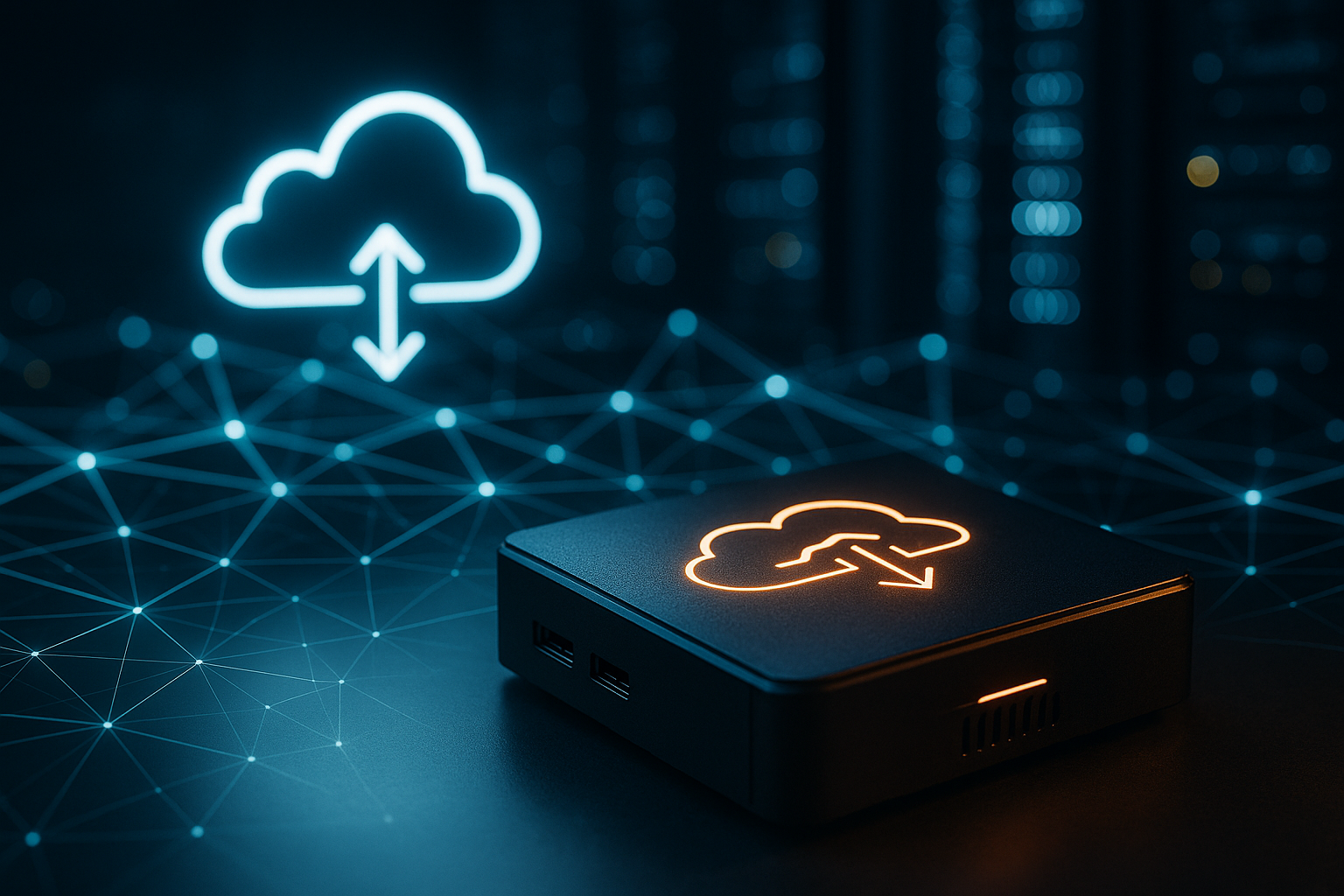Online Backup: How it Protects Your Data and Files
Online backup is a way to copy important information from a computer or device to remote servers over the internet so that it can be recovered if the original is lost, damaged, or corrupted. It typically runs automatically on a schedule or continuously in the background, reducing the chance of accidental data loss. Using online backup does not replace local copies entirely, but it adds an offsite layer of protection that helps guard against hardware failure, theft, and many user errors.

What is online backup?
Online backup is a service or process that transfers copies of selected files and system data from a computer to a remote, internet-accessible location. Unlike simple file syncing, backup solutions often include versioning (keeping previous file states), encryption during transfer and at rest, and retention policies to store older versions for a set time. Backups can be full, incremental, or differential, and many services provide scheduling, bandwidth controls, and automated checks to verify that stored data remains intact.
How does cloud storage work?
Cloud storage is the underlying infrastructure many online backup services use to keep your data on remote servers. Data is sent over an encrypted connection to provider data centers where it’s stored on redundant systems across multiple drives or locations. This redundancy helps protect files from single points of failure. Cloud storage can be object, block, or file-based; backup services typically present an easy interface that hides those technical details while offering restore tools and sometimes integrations with other apps or local backups.
What data should you back up?
Prioritize data that would be hard or impossible to recreate: personal documents, photos, financial records, project files, email archives, and unique application configurations. System files and operating system images can also be backed up for faster full-machine recovery, but some people opt to combine a local disk image with cloud-based file backup for efficiency. Consider including browser bookmarks, product keys, and device drivers. Sensitive data should be encrypted before upload or by the backup service, and you should verify whether the service supports end-to-end encryption and customer-controlled keys.
How do I back up files effectively?
Effective file backup uses a mix of strategies: automate backups so you don’t rely on memory, use incremental backups to save bandwidth and storage, and verify backups by performing periodic test restores. Organize files into clear folders and set retention rules for how long versions are kept. Keep a local copy for quick restores and an offsite copy (online backup) for disaster scenarios. Monitor backup logs and alerts to catch failed jobs, and set bandwidth limits if needed to avoid disrupting other internet usage during peak hours.
How does online backup restore a computer?
Restoration can be file-level or system-level. File-level restore lets you retrieve individual documents or folders from a web portal or client app. For full computer recovery, some services offer disk image restore or bootable recovery tools that can rebuild a computer to a previous state, including the operating system and installed applications. Restoration speed depends on internet upload/download speeds and whether the provider supports seeding (sending a physical drive) or offers hybrid options combining local restore points with cloud-based backups. Testing restores in a controlled way ensures you understand the process before a real emergency.
Conclusion
Online backup is a practical part of a layered data protection approach that includes local copies, versioning, and secure offsite storage. It reduces the risk posed by hardware failures, accidental deletions, theft, and some forms of malware, while offering tools to recover files or entire systems. Choosing and maintaining a backup strategy involves regular testing, clear organization of files, and attention to security features such as encryption and access controls to make sure your data remains recoverable and protected.





